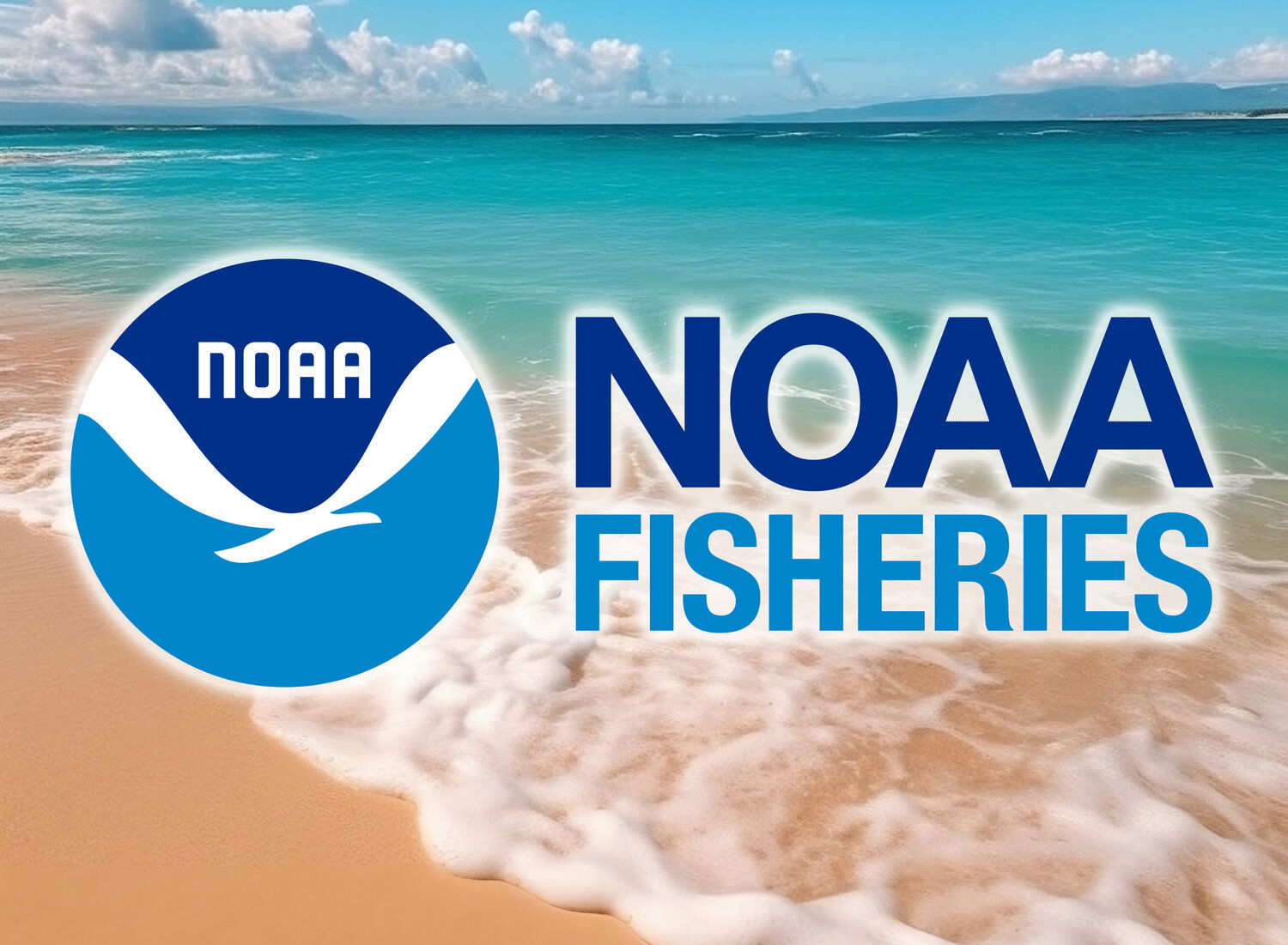
HAGÅTÑA (Pacific Island Times/Pacnews) — Guam and the Northern Mariana Islands, together with select areas of American Samoa, Hawaii and remote parts of the Pacific, have been designated as critical habitats for five threatened coral species.
The final rule, issued by the National Oceanic and Atmospheric Administration, states that 18 specific marine habitats in American Samoa, Guam, the CNMI, the Pacific Remote Island Areas, and Hawaii — encompassing a total of about 237 sq km — are named critical habitats pursuant to the Endangered Species Act.
NOAA denied the U.S Navy’s request to exclude the Ritidian Point Surface Danger Zone complex in Guam from critical habitat designation.
The final rule takes effect on August 14.
Critical habitats are areas occupied by endangered species and possess the physical or biological features essential to their conservation.
Areas designated “critical habitats” may require special management considerations or protection to support the recovery of endangered corals.
The designation does not create new restrictions that close off these areas.
Instead, it protects the habitats that reef-building corals need in order to reproduce, spread, settle and mature.
To protect endangered and threatened species, the ESA prohibits a range of activities, including “take, import, export and interstate or foreign commerce.”
“We have considered economic, national security, and other relevant impacts of the designations,” the NOAA Fisheries’ final rule stated.
All newly designated critical habitats are located within U.S.-controlled jurisdictions and thus apply to federal agencies.
That means federal agencies must ensure that any action they authorize, fund, or carry out won’t destroy or adversely affect the designated critical habitats.
NOAA Fisheries said the five affected coral species are Acropora globiceps, Acropora retusa, Acropora speciose, Fimbriaphyllia paradivisa (previously Euphyllia paradivisa) and Isopora crateriformis.
The agency stated that these coral species have experienced some level of population decline and are vulnerable to multiple threats, including ocean warming, diseases, ocean acidification, the ecological effects of fishing, and land-based pollution sources.
“We determined that these species are likely to become endangered throughout their ranges within the foreseeable future as a result of a combination of threats, the most severe of which are ocean warming and acidification,” NOAA Fisheries states.
The 18 designated critical habitats, called specific island units, are the following:
• Guam: covering areas “between the outside of the northern edge of Apra Harbor to the north shore of the island.”
• Northern Mariana Islands: Rota, Aguijan, Tinian, Saipan, Alamagan, Pagan, and three islands of the Mariana Trench Marine National Monument (Maug Islands, Asuncion and Uracas)
• American Samoa: Ofu-Olosega, Swains Island, Tutuila, and Ta`u in the National Marine Sanctuary of American Samoa; and Rose Atoll in the Rose Atoll Marine National Monument and the National Marine Sanctuary of American Samoa
• Northwestern Hawaiian Islands: Lalo (French Frigate Shoals) in the Papahānaumokuākea Marine National Monument and the Papahānaumokuākea Marine National Sanctuary
• Pacific Remote Islands Area – Palmyra and Johnston atolls in the Pacific Islands Heritage Marine National Monument
Before issuing its final rule, NOAA Fisheries held an initial 60-day public comment period, which was extended three times to a total of 180 days. The agency also held two virtual public hearings and received approximately 80 public comments.
NOAA Fisheries first issued its proposed rule in 2020. This was then revised in 2023 in response to new information provided in public comments, as well as other newly available information.
The 2020 proposed rule was withdrawn, and a new proposed rule was published on Nov. 30, 2023.
The major changes in the 2023 proposed rule included reducing the number of species for which critical habitat was being proposed and removing some areas from designation.
NOAA Fisheries pointed out that critical habitat requirements do not apply to citizens engaged in actions on private land that do not involve a federal agency.











